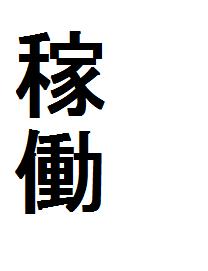【Japanese Snack】Lumand Lemando is characterized by its light, crispy crepe dough that is layered on top of each other.
Layers and layers of thin crepe dough are gently wrapped in a sweetened cocoa cream. Enjoy the light texture and high quality taste. This product has been a favorite of customers for a long time since it was launched in 1974.
How was "Lemand" developed?
Lemando is characterized by its light, crispy crepe dough that is layered on top of each other. How did you come up with this unique shape of the dough?
Actually, it is said that the idea came to the development staff at the time when they were thinking of ideas for a new product, and when they crumpled up a piece of paper, it took on a unique shape.
However, the major issue was how to stably produce large quantities of crepe dough, which was thinly stretched and layered to form irregular shapes, and the machine development and product development departments perfected the molding method after many trials in laboratories and factories. Incidentally, Lemand was also the catalyst for the development of liquid margarine, which was extremely rare at the time, together with raw material manufacturers.
Another feature of Lemand is the slightly sweet cocoa cream. The cream of Lemand is based on white cream, and cocoa was added to reduce the sweetness, and it was developed so that people would not get bored of it.
What does "Lemand" mean?
Lemand" is a word coined from French.
In French, "Le Monde" means "the world," and the name was coined by the people in charge of the development of the product with the hope that it would become a confection that would spread around the world.
Purple is considered a taboo color for food (confectionery), so it was an idea that turned common sense on its head in the industry.
Record sales
In February 1974, "LUMANDO" went on sale nationwide at 25 yen per 2-pack (at that time), and was sold in various forms such as 100 yen, 200 yen, and 300 yen. At its peak, sales reached 2 billion yen per month, which was a record in the confectionery industry at that time.
There is an anecdote that trucks from wholesalers who could not wait to receive the product came to our factory to purchase it, and the factory was so busy with production that a dedicated line for Lemand was set up every month. Due in part to the popularity of Lemand, annual sales doubled from 20 billion yen to 40.5 billion yen in a single year between 1974 and 1975, a phenomenal growth.





